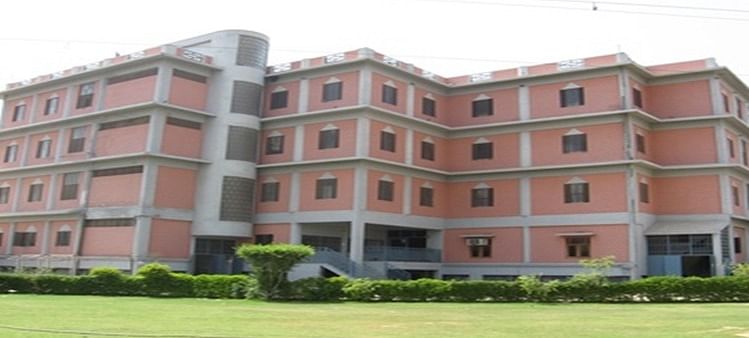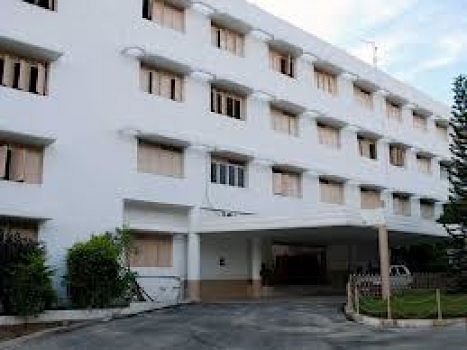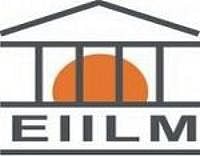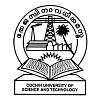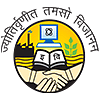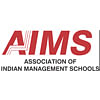BCA Computer Science Syllabus and Subjects

BCA Computer Science syllabus is dissimilar based on the specialization. The BCA Computer Science course is divided into six semesters. The syllabus is designed in a way that students can acquire a deep understanding of that subject.
Semester Wise BCA Computer Science Syllabus
BCA Computer Science syllabus changes according to the specialization that students choose from it. Subjects differ as to the primary topics changes. BCA Computer Science's first syllabus focuses on the basics of computer science, to understand the subject well.
The BCA Computer Science course includes all the important information they need. BCA Computer Science course is divided into six semesters. Listed below is the BCA Computer Science syllabus according to the semester:
BCA Computer Science First Year Syllabus
Listed below is the first year syllabus of BCA Computer Science:
| Semester I | Semester II |
| Business Communication | Organizational Behavior |
| Principal Management | ‘C’ Programming |
| Programming Principles and Algorithms | File Structure and Database Concepts |
| Computer Fundamentals and Office Automation | Cost Accounting |
| Business Accounting | Computer Laboratory and Practical Work (C.P+DBCA) |
| Computer Laboratory and Practical Work (OA+PPA) |
BCA Computer Science Second Year Syllabus
Listed below is the BCA Computer Science second year syllabus:
| Semester III | Semester IV |
| Numerical Method | Networking |
| Data Structure using C | Visual Basic |
| Software Engineering | Inventory Management |
| Management Accounting | Human Resource Management |
| RSPCA | Object-Oriented Programming using C++ |
| Computer Laboratory and Practical Work (D.S+RDBCA) | Computer Laboratory and Practical Work (VB+C++) |
BCA Computer Science Third Year Syllabus
Listed below is the BCA Computer Science third year syllabus:
| Semester V | Semester VI |
| NET Frameworks | E-Commerce |
| Internet Programming and Cyber Law | Multimedia Systems |
| Computer Application Principal | System pro introduction as well as operating system introduction |
| Core Java | Advance Java |
| Project Work (VB) | Project Work (Cost Analysis, Banking & Financial, Financial Analysis, EDP, Payroll, ERP, etc) |
| Computer Laboratory and Practical Work ( NET + Core Java) | Computer Laboratory and Practical Work ( Multimedia + Advanced Java) |
BCA Computer Science Subjects
BCA Computer Science subjects are dynamic and consist of all the vital information of computer science. BCA Computer Science subject comprises core topics which are essential for the learning of the students.
BCA Computer Science Core Subjects
Listed below are the core essentials subjects that students need to learn:
- Computer Fundamentals and Office Automation
- File Structure and Database concept
- Core Java
- Internal Programming and Cyber Law
- Multimedia Systems
BCA Computer Science Elective Subjects
Listed below are the elective essentials subjects that students need to learn:
- Linux Server Administration
- Multimedia Animation
- Window Server Administration
- Cyber Security
- Maamgement Theory and Practice
BCA Computer Science Course Structure
BCA Computer Science course comprises core topics which are important to learn. BCA Computer Science is a three years undergraduate degree course, divided into six semesters. The first two semesters consist of the basics level while from the third semester onwards core topic starts. Listed below is the core structure:
- VI Semesters
- Core Subjects
- Undergraduate Course
- Research Project
BCA Computer Science Teaching Methodology and Techniques
Teaching and learning are the two most important aspects of a course curriculum which will help students to understand the subject more deeply. The traditional classroom-based teaching method is most useful for students to learn and as queries.
The course is designed in a way that students get access to all the infrastructure and facilities available. Listed below are the teaching methodology and techniques:
- Lectures
- Practical Sessions
- Research Papers
- Seminars
- Group Discussions
- Traditional Classroom-Based Teaching
BCA Computer Science Course Projects
BCA Computer Science projects are an integral part of the studies. These projects are assessed by the professors to judge the student's understanding of the subjects. Students can choose their project topics based on the specialization they choose to pursue. Some of the popular research projects are listed below:
- Web-based Crime Prediction
- Web-based health monitoring
- Web-based E-Commerce
- Personality Prediction System through CV Analysis
- Web-based Bus Booking System.
BCA Computer Science Course Books
Books are the most valuable assets and a great investment for the students. BCA Computer Science books will help students to study the core subjects and also can learn about various topics according to their interests. Students can borrow books or can download online and also can purchase them. Listed below are some of the popular books:
|
Name of Book |
Author |
|
Classic Data and Structure |
D.Samanta |
|
Computer Oriented Numerical Method |
V.Rajaram |
|
BCA Mathematics |
Dr Yogesh |
|
Computer Application in Business |
R.Parameswaran |
|
Computer-based Numerical and Statistical Technique |
Manish Goyal |
